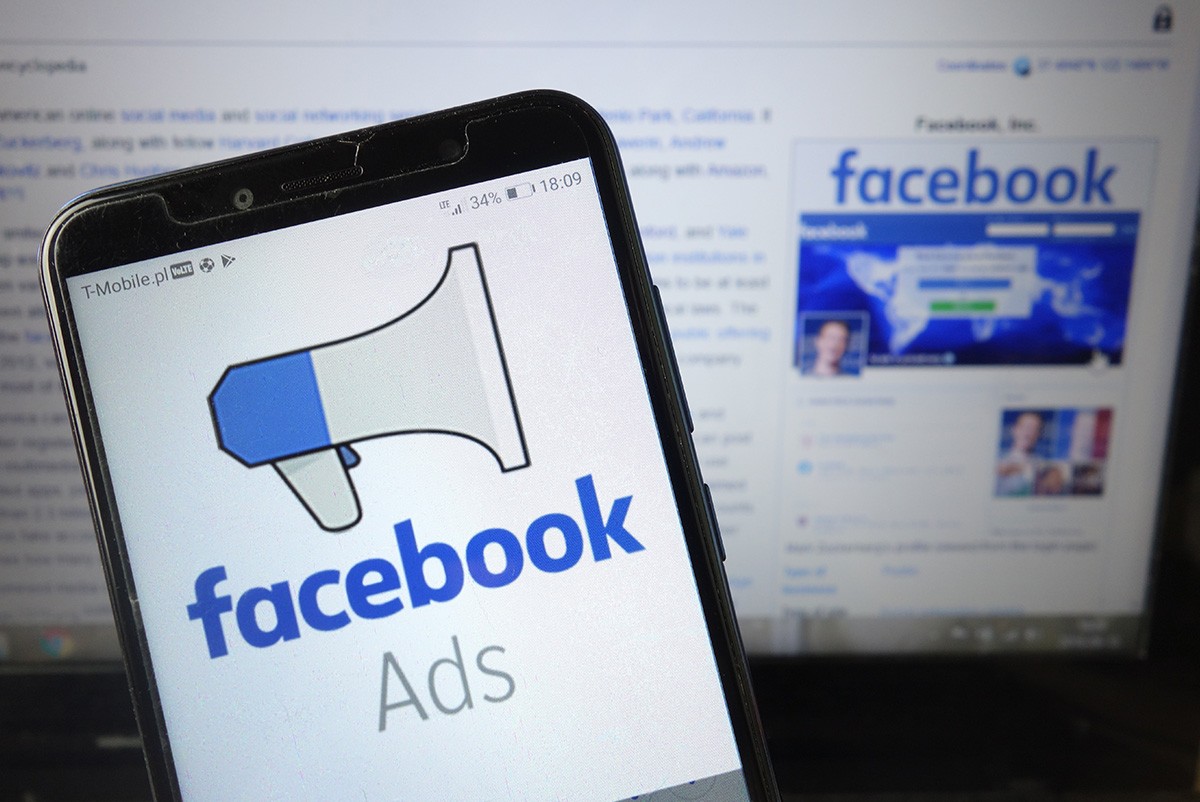Facebook ads are one of the most effective marketing tools on the web today, and if you know how to use them properly, they do very well. This guide will operate you in the whole process of establishing your first Facebook advertising campaign, from the explanation of your audience and the budget to the measuring of its effectiveness. Even if you have no experience in Facebook ads, you will be able to start with this valuable leader.
Tips For Creating Your Facebook Ads Set
Facebook ads are becoming increasingly powerful as a marketing tool. The reason for their popularity is their ability to target users based on location, demographics, and other factors. When used effectively, Facebook ads can be very cost-effective for new businesses looking to reach customers in their local area or overseas. This guide will help you create your first ad set and avoid some of the common mistakes made by new advertisers:
Considerations When Creating Your Ad
If you’re just getting started with Facebook ads, it can seem like a huge undertaking. Luckily, there are a few things you can do to make it easier on yourself. First, break down your target audience into specific demographics and interests that you know they have an interest in.
Tip 1. Targeting an audience with Facebook Ads
Facebook ads are remarkably powerful, but they can also be incredibly specific. When setting your ad, make sure to target your audience more and more accurately through location, age, gender, and choice. The more specific you can get, the more effective your ad will be. While Facebook makes it easy for you to narrow down these demographics within an ad campaign, you’ll often see lower costs per click when targeting a smaller (more specific) audience.
Tip 2. Audience Insights
Facebook uses your interests and demographics as a way to gauge whether or not you’re relevant to a certain type of advertisement. If they decide that you’re not, they won’t show you ads of any kind, thus making Facebook ad marketing ineffective. To avoid being filtered out, segment your audience by gender and age. If you have no interest in your typical audience (read: men under 35), don’t advertise! Write for everyone or for no one at all! You can also discover different ways of presenting yourself by adjusting what appears on your Facebook profile. For example, if you share political news that doesn’t align with most people in your community (the US is usually a good example), take note of their reactions; are they pleased?
Tip 3. Text Overlay vs Images
Facebook lets you customize ad images with text overlays. To save time, consider writing your ad copy in Word and then adding it as a text overlay instead of writing it directly into Facebook. Alternatively, if you have a strong visual element that supports your ad—like a great-looking product shot—consider saving time by writing your ads directly on Facebook.
Facebook Ads Manager offers you multiple options when it comes to presenting your text: as a regular block of text, as an image that sits behind your ad, or as a combination of both (text overlay). In most cases, you should use text overlay. This is because there’s no such thing as mobile-friendly images—and mobile traffic drives 40% of all Facebook traffic.
Tip 4. Landing Page
Once you’ve got your title and descriptions nailed down, it’s time to optimize your landing page. What’s a landing page? It’s essentially where people go when they click on one of your ads. Whether that be on Facebook or Google or in search results, a landing page is an extremely important part of your paid campaigns. Why?
Tip 5. Budget & Schedule
Facebook Ads are a big commitment, and a budget is an important part of ensuring success. Use your skills in organization and finance to keep track of how much you’re spending, how you’re spending it, what’s working, and what needs improvement.



